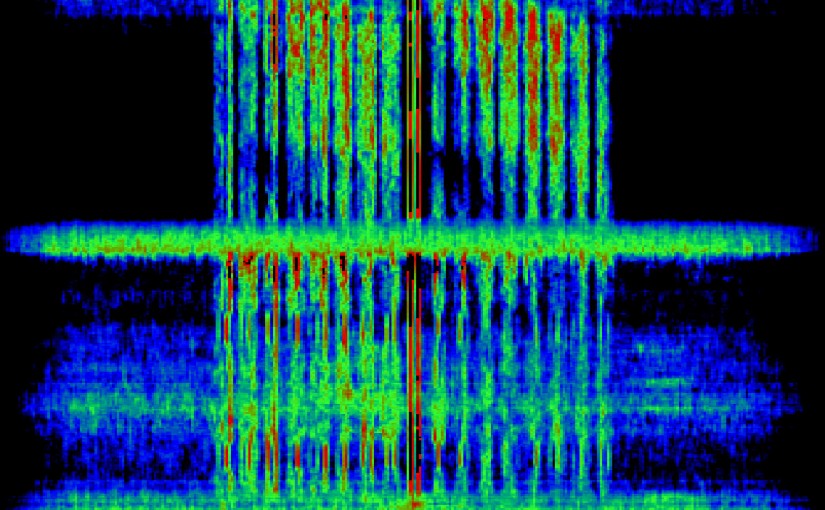In a recent post, we looked at which \(2\times 2\) Toeplitz real matrices \(T\) gave useful quadrature oscillators by the recurrence \(x_{n+1}=T x_n\). There, we computed their eigenvalues and solved the recurrence in terms of them. Of course, there are many other ways to approach this problem. Here we look at another approach that gives a good geometric picture of what happens, can be applied to general \(2\times 2\) matrices, and may be used as a starting point for the \(n\times n\) case.
Month: October 2015
A look at a new digital quadrature oscillator
Two sinusoidal signals are said to be in quadrature if they have a constant phase difference of 90º. Quadrature signals are widely used in signal processing. A digital quadrature oscillator is just an algorithm that computes the sequence \(x_n = (\cos(\omega n), \sin(\omega n))\), \(n\geq 0\), or a similar sequence of sinusoids in quadrature. Here \(\omega\) is the oscillator frequency in radians per sample. Direct computation of this sequence is very time consuming, because the trigonometric functions have to be evaluated for each sample. Therefore, it is a good idea to use a linear recurrence scheme to compute \(x_n\). Using basic trigonometric identities, we see that\[x_{n+1} = A x_n,\quad x_0=\begin{pmatrix}1\\0\end{pmatrix},\]with\[A = \begin{pmatrix}\alpha_1 & -\alpha_2\\\alpha_2 & \alpha_1\end{pmatrix},\quad \alpha_1 = \cos(\omega),\ \alpha_2=\sin(\omega).\]
However, to actually perform these computations in a digital processor, one has to quantize \(\alpha_1,\alpha_2\), meaning that one has to replace \(\alpha_1,\alpha_2\) by approximations. It is easy to see that if one replaces \(\alpha_1,\alpha_2\) by some perturbation, then the eigenvalues of \(A\) are no longer in the unit circle, so the oscillation can grow or decay exponentially and one would need to apply an AGC scheme to keep this method stable.
Here we will look at a new quadrature oscillator by Martin Vicanek that has appeared recently and solves this problem.
Listening to the FreeDV net by WebSDR
Since I’m away from my usual QTH, I decided to join yesterday’s FreeDV net by listening through the University of Twente WebSDR and giving signal reports on the QSO Finder to the stations transmitting.
